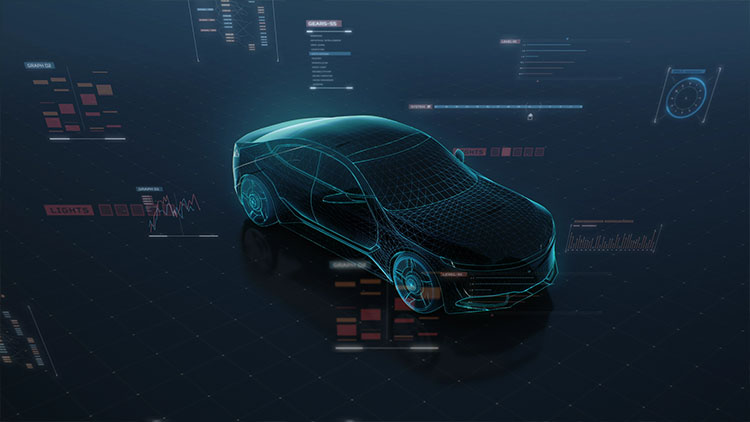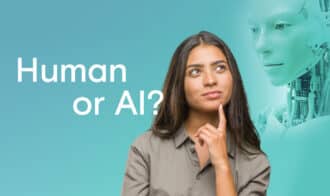A Driverless Future: Where We’re At, Where We’re Going, and How We’ll All Benefit When We Get There
Self-driving cars used to sound like something straight out of a science fiction novel. That’s not so anymore: several major companies (like Google, Tesla, and Ford, for example) already have working prototypes and are developing commercial models as fast as their resources will let them. Even now, many vehicles on the road are more automated than ever, with advanced features like lane centering and adaptive cruise control. A fully driverless car revolution is on the horizon, but questions remain. Where are these cars at in development? When can I buy one? And when they do hit the market, how will we all benefit?A Look at the Current State of self-driving Cars
 Self-driving cars have been in the news for years, it seems, so why haven’t they been released to the market yet? To understand why, it’s important to be aware of the different levels to which a vehicle can be automated.
The Society of Automotive Engineers created a scale that defines six tiers of automation, from Level 0 — indicating no automation and full driver responsibility for the vehicle’s activities — to Level 5, where the vehicle can complete all driving actions regardless of conditions with no human involvement. The full tiers are as follows:
Self-driving cars have been in the news for years, it seems, so why haven’t they been released to the market yet? To understand why, it’s important to be aware of the different levels to which a vehicle can be automated.
The Society of Automotive Engineers created a scale that defines six tiers of automation, from Level 0 — indicating no automation and full driver responsibility for the vehicle’s activities — to Level 5, where the vehicle can complete all driving actions regardless of conditions with no human involvement. The full tiers are as follows:
- Level 0: No automation
- Level 1: Driver assistance
- Level 2: Partial automation
- Level 3: Conditional automation
- Level 4: High automation
- Level 5: Full automation











